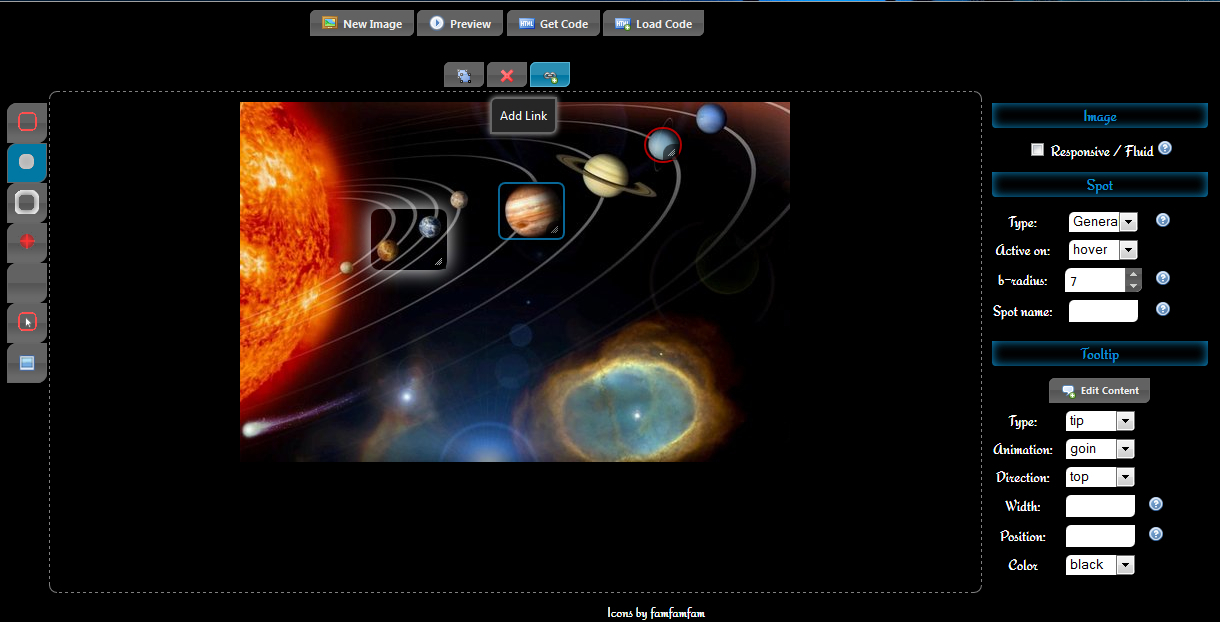

A personal hotspot, on the other hand, can provide online access to eight or ten participants at a time - perfect for an offsite meeting, even on a train or in a van. Why get a personal Wi-Fi hotspot (and have one more thing to carry, charge and potentially lose) when your smartphone can operate as a hotspot? Because using a phone as a hotspot can chew through the battery in a very short time, and when you want to collaborate with others, it's often limited to only a few users at once. "It can mean the difference between being online and off." "Having a personal hotspot can let you connect at office speeds just about anywhere," says Jeff Kagan, an independent wireless analyst. There is a better way, and it involves bringing your own mobile network with you. Unfortunately, this seems to be the norm these days: Hotels are charging for Wi-Fi service that's mediocre at best. I was constantly waiting for emails and small files to download to my laptop, and video streaming was, to put it charitably, less than smooth. On a recent trip to Philadelphia, I paid my hotel $14 a night for spotty Wi-Fi access that topped out at a mere 2Mbps and often stopped dead in its tracks.


 0 kommentar(er)
0 kommentar(er)
